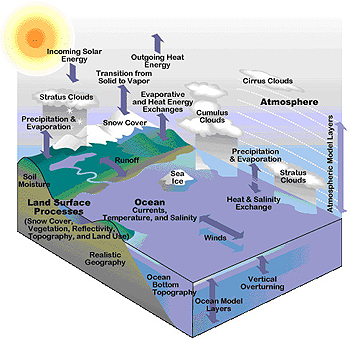What’s in a global climate model? The Community Climate System Model (CCSM version 3) that is run with the supercomputer at the National Center for Atmospheric Research incorporates data about all of the natural processes shown in this diagram to simulate Earth’s complex climate system.
Click on image for full size
UCAR
Global Climate Models and the Southeast Pacific
Scientists use very fast supercomputers to run Global Climate Models (GCMs). GCMs are a good tool to use to better understand Earth's climate. We know that climate is not the same everywhere in the world. In some parts of the world it is pretty easy to model the climate. In other places, it is much more tricky to model the climate. It turns out that theSoutheast Pacific, near the west coast of South America, is one of those tricky places!
Why is it so hard to model the climate of the Southeast Pacific? One reason is that there are a lot of connections between the land, ocean, and atmosphere in that area.
Another reason is that other things happen in the Southeast Pacific that make it hard to model. El Nino and La Nina are influenced by the climate of the Southeast Pacific. El Nino and La Nina are also connected to places far, far away in the Western Pacific and even to things that happen in the Atlantic Ocean!
VOCALS scientists want to improve modeling of the Southeast Pacific. They want to make better models of cloud formation. They want to learn more about how upwelling of cold ocean waters is connected to climate. They want to figure out how tiny particulates in the air called aerosols impact cloud formation. They want to know how aerosols and low-level clouds reflect away incoming sunlight.
You might also be interested in:

How do you know to pack your bathing suit and sunhat for a trip to a tropical island or pack warm sweaters and coats for a trip to Alaska? If you know a little about regional climates, then you know what
...more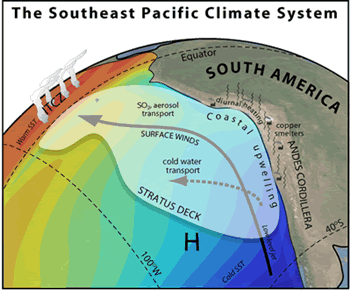
There are a lot of clouds over the Southeast Pacific Ocean off the coasts of Peru and Chile in South America. In fact, this area has the largest amount of stratus and stratocumulus clouds in the world!
...more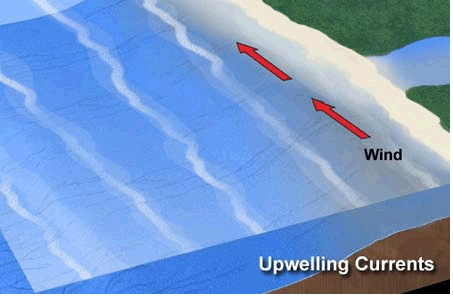
There are many connections between the ocean and the atmosphere in the Southeast Pacific Ocean. Strong winds blow north along the coast of South America. These winds stir up the ocean. That brings cold
...more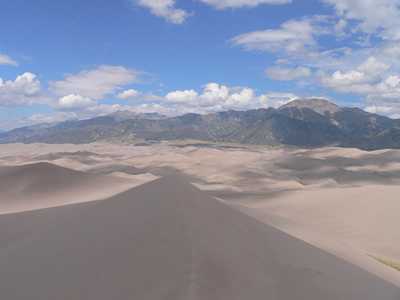
A cloud is composed of tiny water droplets or ice crystals. A series of things have to happen in order for these water droplets or ice crystals to form into clouds in the atmosphere, and different types
...more
There are places in the ocean where water from the deep sea travels up to the surface. These are called areas of upwelling. The deep waters can have a large influence on marine life and the climate too.
...more
When you look up at the sky, you are looking at more than just air. There are also billions of tiny bits of solid and liquid floating in the air. These tiny particles are called aerosols or particulates.
...more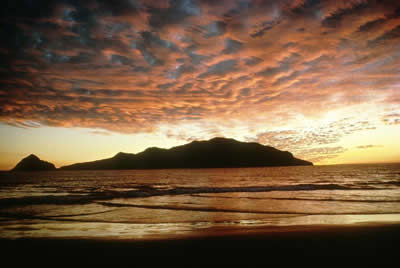
The low cloud group includes Stratus, Stratocumulus, and Nimbostratus clouds. Low clouds are made up of water droplets. The base of a low cloud is from the ground to 2000m.
...more


